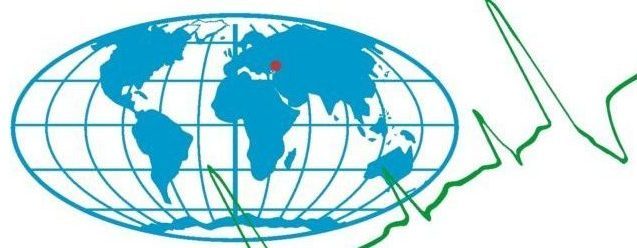M.V. Volkodaeva, Ya.A. Volodina
Institute of Design, Ecology and Hygiene,
RF, St. Petersburg, Medikov Av., 9, lit. B, 17N
E-mail: m.volkodaeva@yandex.ru
DOI: 10.33075/2220-5861-2023-4-65-70
UDC 504.064.3
EDN: https://elibrary.ru/speyxa
Abstract:
Analysis of currently used methods for assessing the condition of green spaces during environmental monitoring has shown that the main research method is visual control. The development of the monitoring system is due to the need to obtain prompt, reliable and accurate data on the state of plants in urbanized areas.
Thus, the use of a resistography in addition to already used methods will make it possible to more accurately determine the age, assess the general condition of the tree by the presence of rot in it, and identify the presence of wood-destroying fungi. The photometry method, by obtaining information about the photometric stress index, allows one to assess the condition of green spaces at different stages of damage and determine the stressed state of the flora before the appearance of visual signs. Due to fluorimetry, it becomes possible to obtain data on the condition of plants based on the characteristics of chlorophyll fluorescence and assess the degree of anthropogenic load on the environment. The use of a pulsed tomograph during monitoring results from the need to identify the processes of decay of tree trunks and roots. The condition of green plantings also directly depends on the condition of the soil. In order to assess soil salinity during observations, the conductometric method of analysis should be used.
Based on the results of this work, it was concluded that the introduction of instrumental methods of analysis into the system for monitoring the condition of green spaces will make it possible to obtain the most important information about plants, preventing possible negative processes caused primarily by anthropogenic activities.
Keywords: green spaces, soil, monitoring, resistography, photometry, fluorimetry, tomography, conductometry.
REFERENCES
- Metodika monitoringa sostoyaniya zelenykh nasazhdeniy obshchego polzovaniya na territorii Sankt-Peterburga. Rasporyazhenie Komiteta ot 22 iyunya 2010 goda N 99-r (Methodology for monitoring the condition of public green spaces in St. Petersburg. Order of the Committee dated June 22, 2010, No. 99-r).
- Metodika otsenki ekologicheskogo sostoyaniya zelenykh nasazhdeniy Sankt-Peterburga. Rasporyazhenie Komiteta po prirodopolzovaniyu, okhrane okruzhayushchey sredy i obespecheniyu ekologicheskoy bezopasnosti ot 3 fevralya 2021 goda N 17-r (Methodology for assessing the ecological state of green spaces in St. Petersburg. Order of the Committee on Natural Resources, Environmental Protection and Environmental Safety dated February 3, 2021, No. 17-r).
- Sanaev I.V. Rol zelenykh nasazhdeniy v sozdanii optimalnoy gorodskoy sredy (The role of vegetation in creating comfortable town environment). Lesnoy vestnik, 2006, No. 6, pp. 71–76.
- Kurbaniyazov B.T. and Saytova A. Ekologicheskaya rol intodutsirovannykh dekorativnykh rasteniy v ozelenenii g. Nukusa (Ecological role of intoduated decorative plants in the greening of g. Nukus). Forum molodykh uchenykh, 2017, No. 6(10), pp. 1072–
- https://xn—-7sbabfc9cl.xn--p1ai/vlagomery/536-vlagomer-pochvy-mc-7828 soil?search_query=7828&results=2 / (October 23, 2023).
- https://www.resistograph.ru/resistograf.htm / (October 23, 2023).
- Kuvaldin E.V. Fotometry dlya izmereniya koeffitsientov otrazheniya prirodnykh obektov v spektralnoy oblasti izlucheniya solntsa (Photometers for measuring the reflectance of natural objects in the spectral region of solar radiation). Nauchnoe priborostroenie, 2005, Vol. 15, No. 1, pp. 21–28.
- https://givoyles.ru/articles/sovety/gnili-derevev-chto-s-nimi-delat/ / (October 23, 2023).
- Ivantishchev V.V., Yevgrashkina T.N., Boykova O.I., and Zhukov N.N. Zasolenie pochvy i ego vliyanie na rasteniya (Soil salinity and its effect on plants). Izvestiya TulGU: Nauki o Zemle, 2020, No. 3, pp. 28–42.
![]()
